Coconut
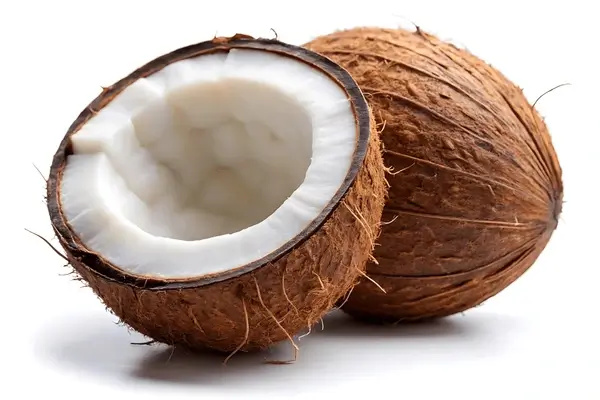
There’s something about coconuts that instantly transports you—maybe it’s the rugged shell, the creamy white flesh, or the quiet promise of water hidden inside. Coconuts feel like they were made for warm breezes and sun-soaked beaches, but they’re also incredibly useful, from the tree trunk to the tips of their fronds. As iconic as they are, coconuts aren’t the only fruits with that same tough exterior and tropical vibe. In pockets of the world, other fruits have developed their own coconut-like features—thick husks, woody shells, or fibrous skins—that make you do a double-take.
Let’s take a closer look at these coconut lookalikes—fruits that mirror its form or function in surprisingly beautiful ways.
1. Palmyra Fruit
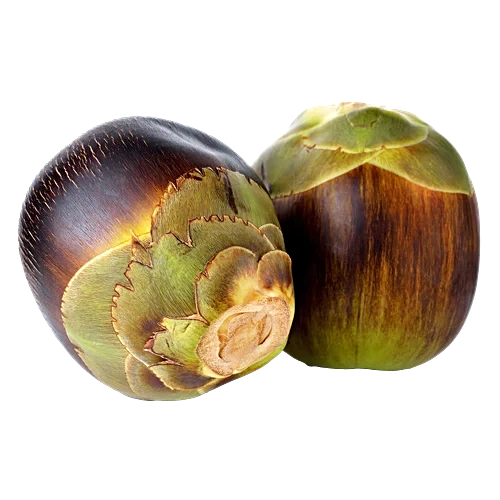
Palmyra fruit, also known as toddy palm fruit, is often mistaken for a coconut when seen from afar. It grows in clusters and has a dark brown, rounded husk with a fibrous outer layer. When opened, it reveals soft, translucent seed sockets, somewhat like young coconut flesh. The tree’s sap can be tapped, just like coconut trees, to produce a sweet drink or fermented toddy.
2. Coquito Nut
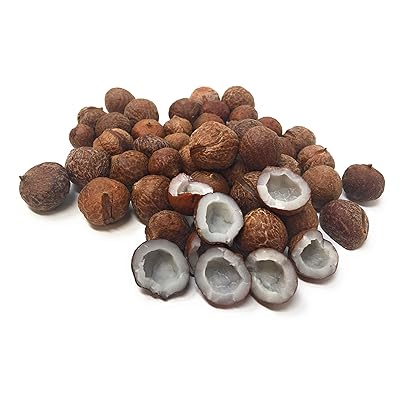
These miniature treasures are often called “baby coconuts” for good reason. Roughly the size of an olive, coquito nuts look like tiny versions of mature coconuts, complete with a brown, woody shell and a sweet, crunchy interior. Harvested from the Chilean wine palm, coquitos are edible straight from the shell and give off a faint coconut flavor—a novelty both in appearance and taste.
3. Coco de Mer
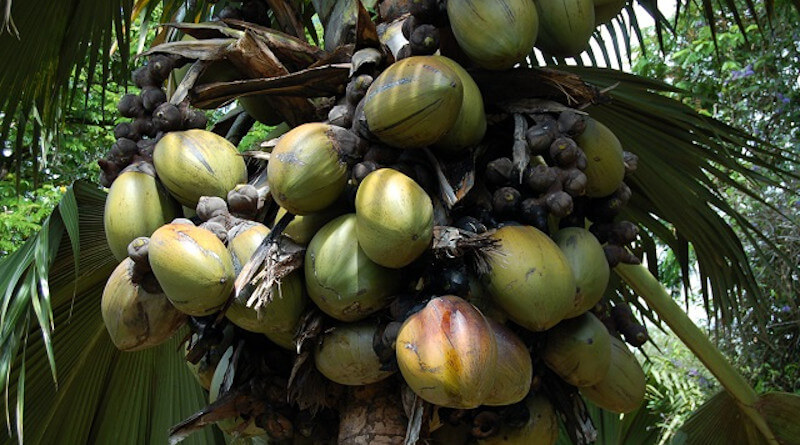
The coco de mer is like a coconut on steroids. This massive seed, native to the Seychelles, is the largest in the plant kingdom. Its shell is smooth and brown like a coconut, but the shape is curiously different—more bulbous, often resembling human anatomy. Still, its fibrous covering, size, and hard shell give off major coconut energy, even if the interior is rarely consumed.
4. Doum Palm Fruit
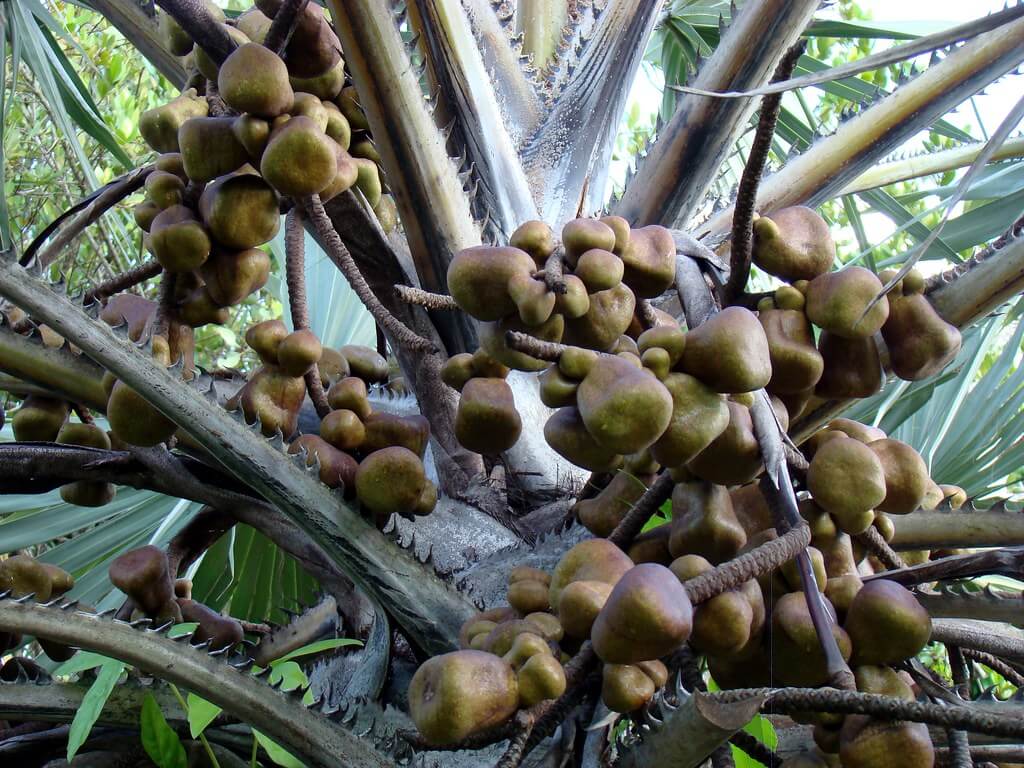
Native to Africa and often seen in desert oases, the doum palm fruit is roughly spherical with a woody, coconut-like shell. Its outer color is a dusty brown, and the interior is dry and fibrous. Though it lacks the water and soft meat of a coconut, doum fruit gives off a striking resemblance in both appearance and the way it’s chewed for its sweet, date-like flavor.
5.Betel Nut
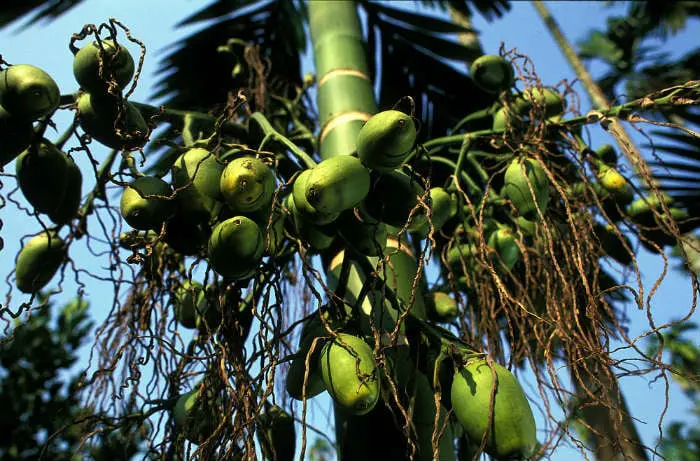
Betel nuts, commonly chewed in parts of Asia and the Pacific, grow on a palm that resembles the coconut tree. The nuts themselves are smaller and smoother but share the same woody shell and brown hues as coconuts. Their layered appearance and cultural significance in tropical regions mirror some of the uses and reverence the coconut enjoys.
6. Sugar Palm Fruit
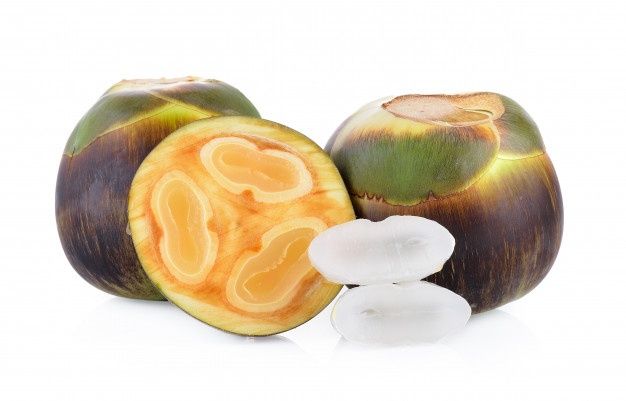
This fruit comes from a palm known for its sweet sap, just like coconut palms. While the outer fruit is smaller and covered with dark, scale-like patterns rather than coconut fibers, the overall shape and the multi-purpose utility of the tree give it a similar profile. Inside, the fruit contains jelly-like seeds that resemble young coconut meat, often enjoyed in desserts across Southeast Asia.
